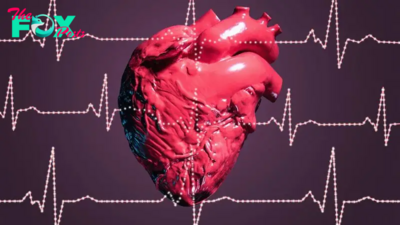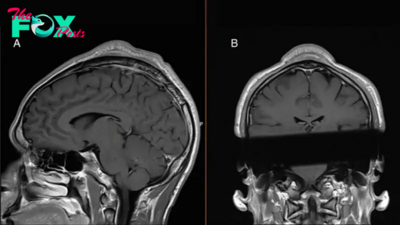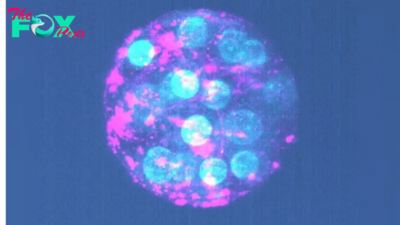Health
Mini model of human embryonic brain and spinal cord grown in lab
For the first time, scientists have grown a tiny, three-dimensional model of the earliest developmental stages of the human central nervous system in the lab.
The new model is a type of organoid — a miniaturized, 3D model that is made from living tissues and is designed to mimic the unique intricacies of human organs. Such miniature organs are intended to capture human biology in a more accurate way than traditional animal models can, with potential applications for drug discovery and development. For example, these models could help researchers more accurately predict which drugs in the research pipeline could be successful in people, rather than just in lab dishes and mice.
There's been a spate of organoids developed in recent years, from tiny beating hearts to minuscule testicles. In addition, brain organoids have been grown before, but the scientists behind the new model say this is the first time that all three sections of the embryonic brain and spinal cord have been mimicked in the lab. They described their findings in a paper published Monday (Feb. 26) in the journal Nature.
Related: Could mini space-grown organs be our 'cancer moonshot'?
The team hopes the model can be used to improve scientists' understanding of brain diseases that emerge during early development. These might include microcephaly, for example.
"The system itself is really groundbreaking," Orly Reiner, co-senior study author and a professor of neurochemistry at the Weizmann Institute of Science in Israel, said in a statement. "A model that mimics this structure and organization has not been done before, and it offers numerous possibilities for studying human brain development and especially developmental brain diseases."
The new model was made using human pluripotent stem cells, meaning cells that have the potential to become any type of cell in the body. At first, the stem cells were coaxed to form a row around 1.73 inches (4.39 centimeters) long and 0.007 inch (0.018 cm) wide. This resembled, but didn't exactly match, the shape and size of the neural tube — an early structure from which the brain and spinal cord originate — that would be present in a 4-week-old human embryo.
The team then stuck this row of cells into a so-called microfluidic device containing lots of tiny channels. They exposed the cells to different chemicals via these channels, pushing the cells to grow and form a 3D structure that resembled the early central nervous system.
The scientists also added a gel that drove the stem cells to specialize into cells that would later go on to form neurons, the signal-sending cells of the nervous system.
Over the course of 40 days, the cells within the organoid self-organized into structures that resembled the early stages of brain and spinal cord development in a human embryo. This included the formation of structures known as the forebrain, midbrain and hindbrain, as well as the spinal cord.
At this point, the organoids closely mimicked the extent of development that would be seen in an 11-week-old embryo, and within the cells, specific developmental genes tied to this stage of development were switched on.
The team acknowledged some limitations of their new model. For instance, the neural tube in the organoid looked different enough from a human one that the model isn't likely ready to be used to study disorders caused by the incomplete development of the neural tube. These disorders include the birth defect spina bifida.
Nevertheless, the researchers hope that, with further refinements, the model could be used to study different human brain diseases using stem cells collected directly from patients. If they manage to wire the neurons within the organoids into circuits, they may even be able to shed light on conditions like paralysis, in which the brain can no longer send instructions for movement to the spinal cord, they wrote in the statement.
Ever wonder why some people build muscle more easily than others or why freckles come out in the sun? Send us your questions about how the human body works to [email protected] with the subject line "Health Desk Q," and you may see your question answered on the website!
-

 Health7h ago
Health7h agoThe Surprising Benefits of Talking Out Loud to Yourself
-

 Health9h ago
Health9h agoDoctor’s bills often come with sticker shock for patients − but health insurance could be reinvented to provide costs upfront
-

 Health15h ago
Health15h agoHow Colorado is trying to make the High Line Canal a place for everyone — not just the wealthy
-

 Health1d ago
Health1d agoWhat an HPV Diagnosis Really Means
-

 Health1d ago
Health1d agoThere’s an E. Coli Outbreak in Organic Carrots
-

 Health2d ago
Health2d agoCOVID-19’s Surprising Effect on Cancer
-

 Health2d ago
Health2d agoColorado’s pioneering psychedelic program gets final tweaks as state plans to launch next year
-

 Health3d ago
Health3d agoWhat to Know About How Lupus Affects Weight



























